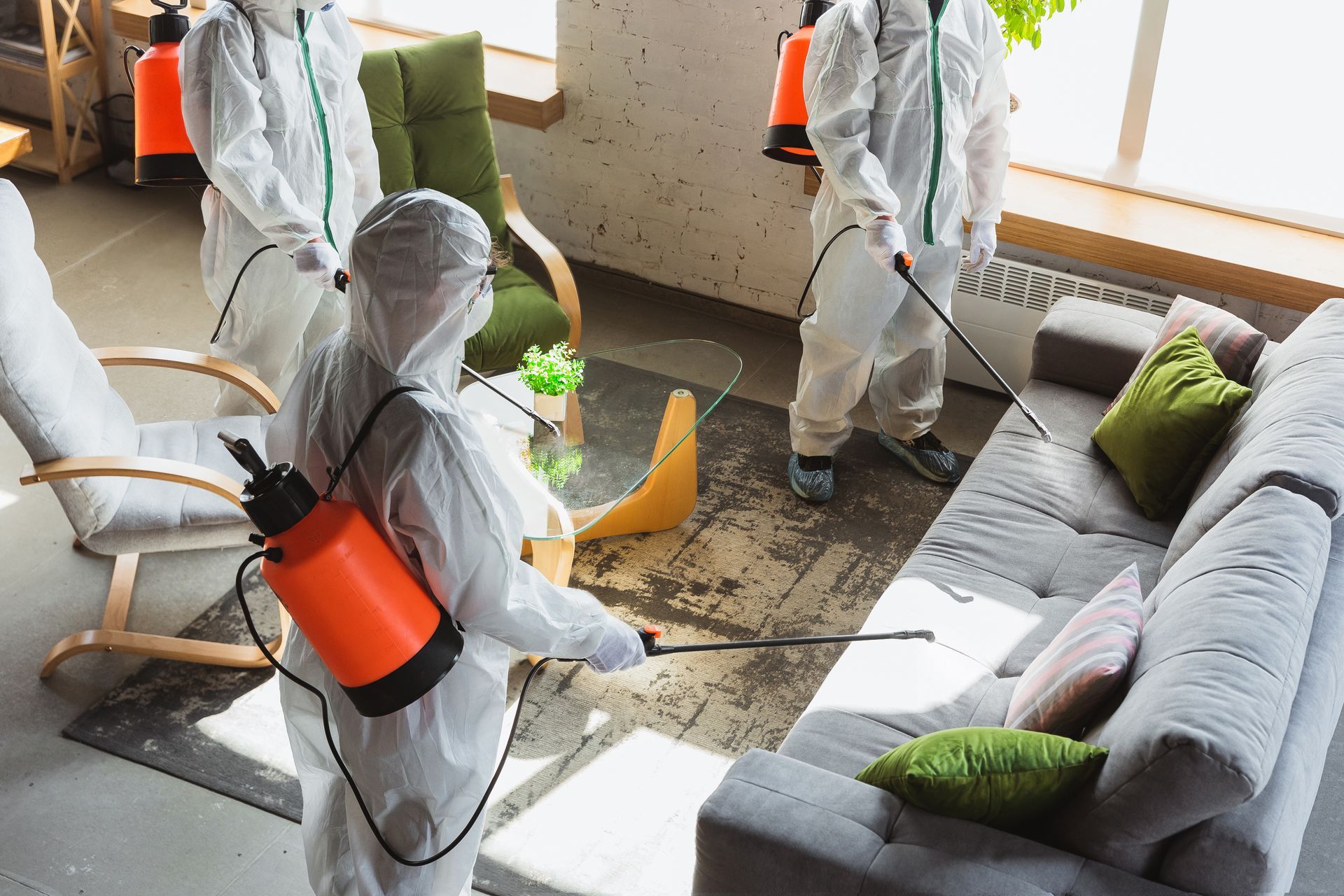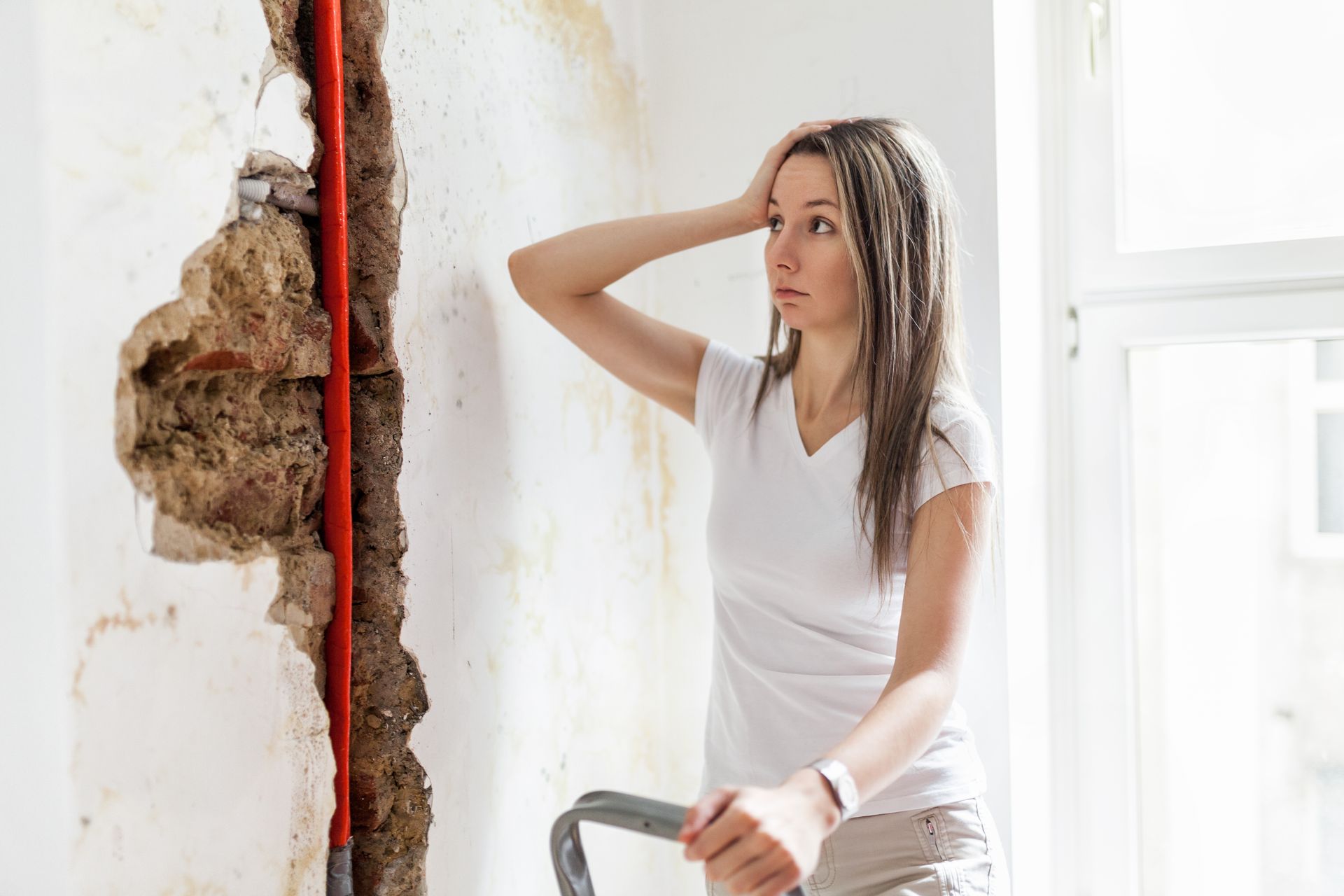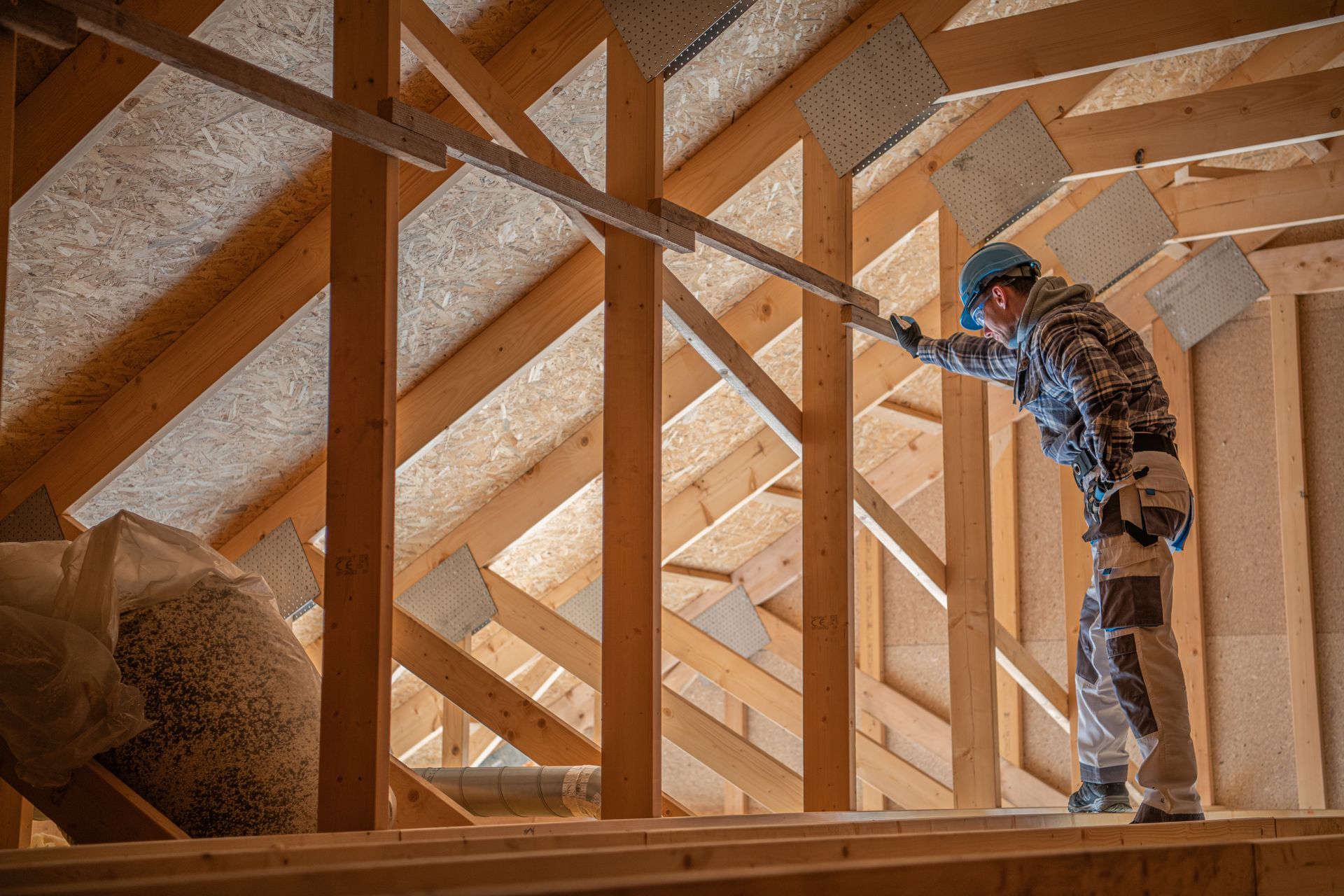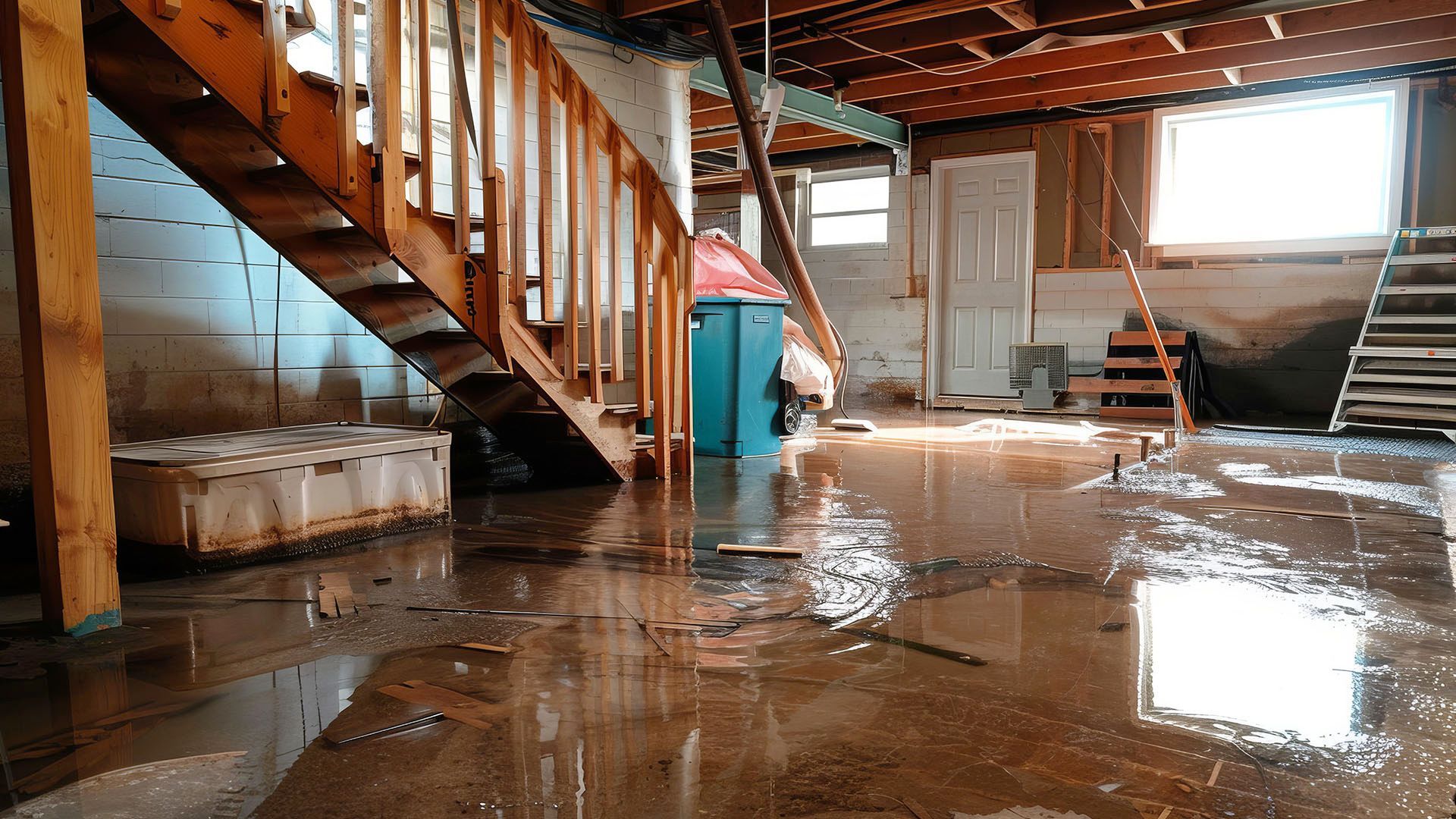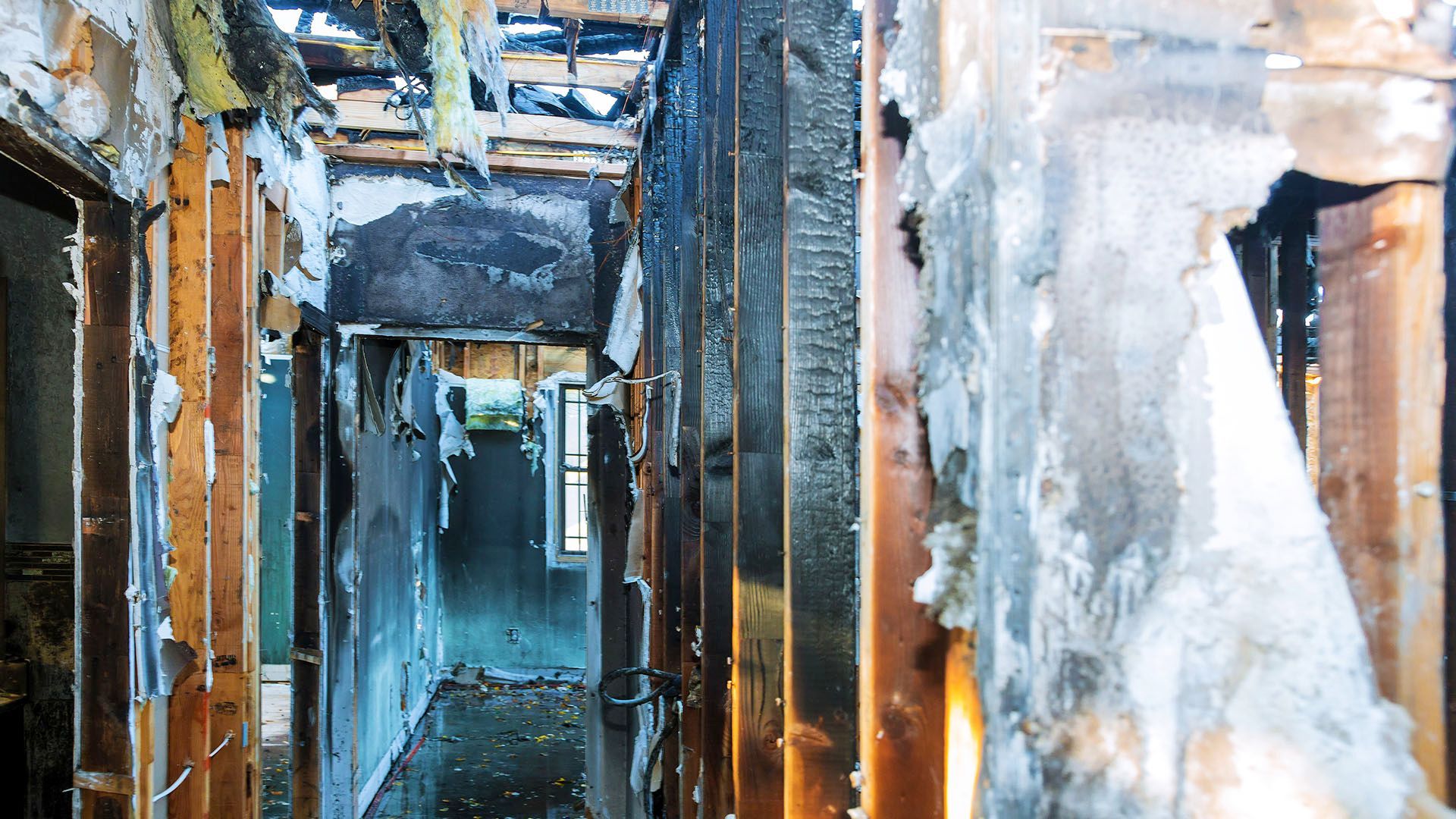How to Remove the Odor of Smoke After a Fire
When a fire strikes your home, it doesn’t just leave behind visible damage it leaves a lingering odor that can affect your health and comfort. At Incredible Restorations, we've helped countless families in Connecticut recover from fire damage since 2017. Our IICRC-certified technicians use industry-leading tools and techniques to completely remove smoke odors and restore indoor air quality. As a family-owned and operated business, we combine top-tier expertise with a personal commitment to your recovery.
Whether you've experienced a small kitchen fire or major structural damage, this guide walks you through everything you need to know about fire smoke odor removal, what causes it, how to get rid of it, and when to call the pros.
Why Smoke Odors Linger
Wet, Dry, and Protein Smoke. How Each Behaves
Smoke is more than just a smell, it's a complex mixture of particles and gases. Different fires create different types of smoke:
- Wet smoke (from low-heat, smoldering fires) is sticky and hard to clean.
- Dry smoke (from high-temperature fires) creates powdery soot that spreads easily.
- Protein smoke (from burned meat or grease) leaves behind a nearly invisible but extremely pungent residue.
Porous Materials, Hidden Voids, and HVAC Spread
Smoke easily penetrates porous surfaces like drywall, carpet, and upholstery. It also travels through cracks, behind walls, and into HVAC ducts, making complete odor removal difficult without professional tools.
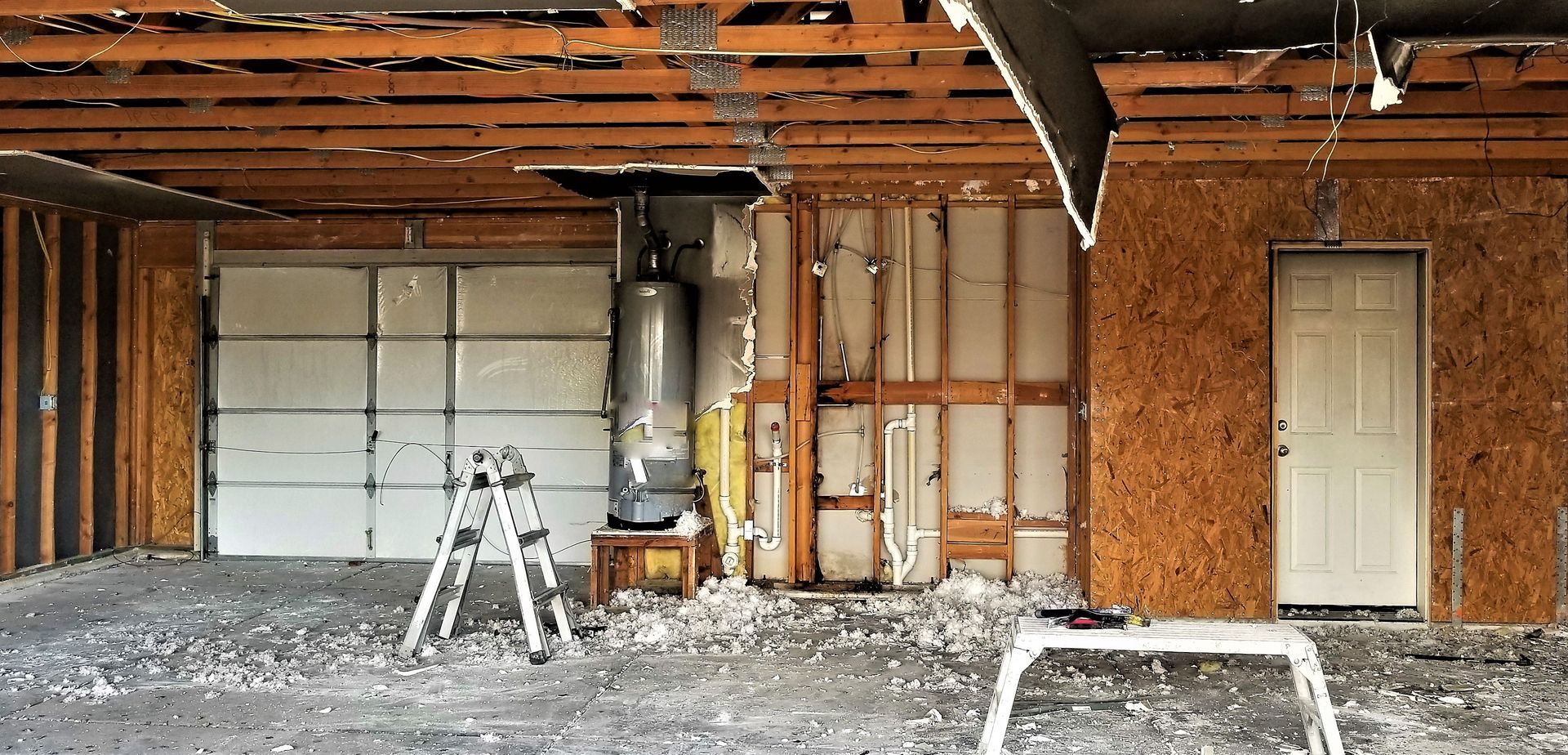
Safety and Assessment Before Deodorization
Initial Ventilation and PPE
The first step after a fire is to ventilate the area and ensure your safety. Use fans and open windows if safe to do so. Always wear PPE (personal protective equipment) like gloves, masks, and goggles.
Inspecting Source Points, Pathways, and Affected Materials
A thorough inspection helps identify where the smoke originated and how far it traveled. This includes checking:
- Ceiling cavities
- Attic insulation
- Behind cabinets
- Inside HVAC systems
Documenting Damage and Planning the Scope
Professionals create detailed damage reports and deodorization plans, which are essential for both insurance claims and project execution.
The Deodorization Workflow
Source Removal. Char, Soot, and Debris
We begin by removing all burnt material, ash, and visible soot. This step is crucial because as long as the source of the odor remains, deodorization won’t be effective.
Surface Cleaning. Dry Soot vs. Wet Soot Methods
We use different cleaning methods depending on the type of smoke damage:
- Dry soot is removed with HEPA vacuums and chemical sponges.
- Wet soot is cleaned using specialized degreasers and detergents.
HVAC Cleaning, Filtration, and Odor Control
Smoke particles travel through your home’s ductwork. That’s why we perform:
- Duct cleaning and sanitization
- HEPA filtration
- Air scrubber usage to trap microscopic particles
Odor Counteractants and Thermal Fogging
We apply odor counteractants that chemically neutralize smoke molecules. Thermal fogging mimics the path of smoke, reaching deep into hard-to-access areas.
Hydroxyl Generators vs. Ozone Treatments
- Hydroxyl generators are safe to use while the home is occupied and neutralize odors at a molecular level.
- Ozone treatments are more aggressive and effective but require vacating the property during treatment.
Encapsulation with Odor-Sealing Primers
In some cases, we apply odor-sealing primers to walls and ceilings. These special paints lock in any remaining odor molecules and prepare surfaces for repainting.
Treating Specific Materials and Contents
Hard Surfaces, Masonry, and Structural Wood
Surfaces like tile, concrete, and wood framing need to be cleaned, sanded, and sometimes encapsulated with sealers to eliminate odors trapped in pores.
Textiles, Upholstery, and Soft Goods Deodorization
We use textile deodorization methods like:
- Ozone chambers
- Thermal fogging
- Specialized detergents and rinse systems
Appliances, Electronics, and Specialty Items
Smoke residues can damage electronics. Our team uses electronic-safe cleaning techniques to restore these high-value items when possible.
Artwork, Documents, and High-Value Contents
Delicate materials like art and documents require ultrasonic cleaning or document freeze-drying techniques to remove smoke damage without destruction.
Timeline and Homeowner Expectations
What Happens in the First 72 Hours
The first three days after a fire are crucial. Prompt action prevents permanent damage from setting in. During this time, we focus on:
- Content pack-out
- Damage stabilization
Odor Verification and Air Quality Checks
After cleaning and deodorization, we conduct air quality checks using particle counters and odor tests to ensure your home is truly smoke-free.
When Reconstruction or Repainting Is Needed
Some materials like drywall or insulation may need to be replaced. Our team handles reconstruction in-house, saving you time and hassle.
Post-Restoration Prevention and Maintenance
Repainting Best Practices and Sealers
We recommend using odor-sealing primers and fire-retardant paints during repainting to help prevent future odor issues and increase fire resistance.
Filter Replacement, Duct Maintenance, and Ongoing Odor Control
Regular maintenance goes a long way. We advise:
- Replacing HVAC filters monthly after a fire
- Scheduling annual duct cleanings
- Using air purifiers to maintain indoor air quality
Fire Safety Upgrades to Reduce Future Risk
Consider upgrading to:
- Smoke detectors with air quality sensors
- Fire-rated doors
- Automatic fire extinguishing systems in kitchens
When to Call Certified Professionals
The Value of IICRC-Certified Technicians
IICRC certification means technicians are trained in the latest science-based cleaning and restoration techniques. Our team is fully certified and continuously trained.
DIY Limits vs. Professional-Grade Results
While DIY methods (like vinegar and baking soda) might reduce odor short-term, they rarely eliminate it. True deodorization requires professional tools and techniques to clean what you can’t see or smell until it’s too late.
Get Help Now
24/7 Emergency Response and Coordination with Insurance
Incredible Restorations offers 24/7 emergency services across Connecticut. We also coordinate directly with your insurance provider to streamline claims.
Fast Scheduling for Inspections and Estimates
Our team provides fast response times, often arriving the same day you call. Estimates and inspections are always thorough and free.
If you've recently experienced a fire, don't let the odor linger. Contact Incredible Restorations today at (866) 985-4551 or visit our webpage to schedule a consultation. We'll help you restore more than just your home, we'll help you restore your peace of mind.
Frequently Asked Questions
How long does it take to completely remove smoke odors from a home?
The timeline varies depending on the extent of damage, but most residential smoke odor removal projects take 3-7 days. Small, localized fires may only require 1-2 days, while major structural fires can take up to two weeks. The key is starting within the first 72 hours to prevent permanent odor absorption into materials.
Can I remove smoke odors myself, or do I need professional help?
While DIY methods like vinegar, baking soda, and air fresheners might mask odors temporarily, they cannot eliminate smoke particles embedded deep in porous materials, HVAC systems, and structural components. Professional-grade equipment like thermal foggers, hydroxyl generators, and specialized cleaning agents are necessary for complete odor elimination.
Will my insurance cover smoke odor removal services?
Most homeowner's insurance policies cover smoke damage restoration, including odor removal, as part of fire damage claims. We work directly with insurance companies to document the damage, provide detailed estimates, and streamline the claims process. It's important to contact your insurance provider immediately after a fire.
What's the difference between masking smoke odors and actually removing them?
Masking uses air fresheners or ozone treatments to temporarily cover odors, but the smoke particles remain. True odor removal involves physically cleaning all affected surfaces, neutralizing odor molecules with specialized counteractants, and sometimes sealing surfaces with odor-blocking primers. Professional removal addresses the source, not just the symptoms.
Is it safe to stay in my home during smoke odor removal?
This depends on the treatment method. Hydroxyl generators and most cleaning processes are safe while occupied. However, ozone treatments require vacating the property for 24-48 hours as ozone can be harmful to breathe. We always inform homeowners about safety requirements and provide alternative accommodations when necessary.

